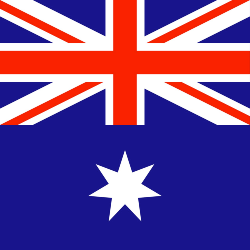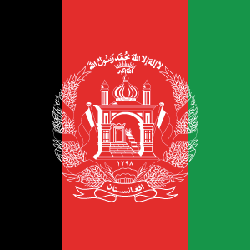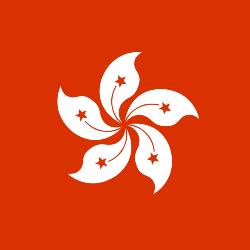It’s 60 years since The Lucky Country was published. Have we moved on from the bronzed Aussie male stereotype?
Sixty years ago, Penguin published a small paperback – Donald Horne’s The Lucky Country: Australia in the Sixties. Its cover was adorned by a commissioned painting – Albert Tucker’s profile of the archetypal Australian – male (of course), probably a returned soldier, his shirt open, beer mug in-hand, the ace of spades in his top pocket. Fronting a familiar, ocean-blue backdrop, Tucker’s granite-faced Aussie filled the frame, soaking up the sunshine. Like Horne’s depiction of Australia, he seemed to have no idea how he’d come to have it so good.
But visible above the waves, behind the back of Tucker’s Australian bloke, there are four yachts with menacing, shark-like sails. If this is a paradise, it is stalked by danger, haunted by the prospect that the country’s luck was about to run out.
Horne’s book captured an uncertainty about Australia’s future that was beginning to trouble thoughtful people as they contemplated rising consumption at home, war in Australia’s “near north”, and a world in which Australians could no longer simply regard themselves as transplanted Brits. His pithy diagnoses condemned the complacency of the past at the same time as some of his chapter headings – “What is an Australian?”, “Men in Power”, and “Living with Asia” – reflected the anticipation of a society on the brink of enormous change.
Six decades on, at a time when Australians are preoccupied with the cost of living, interest rates, and a housing crisis, it’s easy to lose sight of the scale of Horne’s ambition. He was a journalist and academic who moved from right to left, one who dared to distil the state of the nation, probe its future possibilities and critique its ruling class in prose of vivid, salty irony. Horne was a........
© The Guardian






















 Toi Staff
Toi Staff Gideon Levy
Gideon Levy Belen Fernandez
Belen Fernandez Andrew Mitrovica
Andrew Mitrovica Rachel Marsden
Rachel Marsden Tarik Cyril Amar
Tarik Cyril Amar Warren J. Blumenfeld
Warren J. Blumenfeld Dr Ramzy Baroud
Dr Ramzy Baroud Patrick Gathara
Patrick Gathara Brad Glosserman
Brad Glosserman Imad K Harb
Imad K Harb
